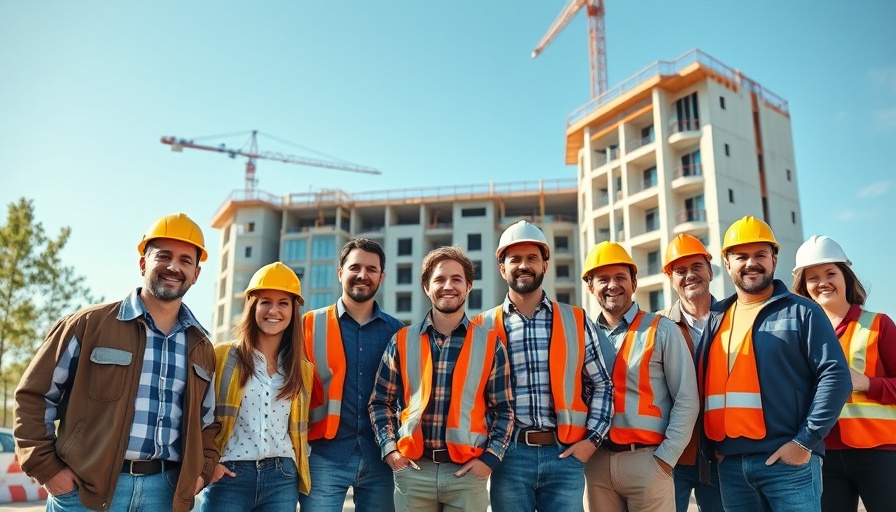
The Shift Towards Modern Healthcare Infrastructure
The recently topped-out IU Health Downtown hospital in Indianapolis signifies a pivotal shift in healthcare infrastructure development. With a staggering budget increase from the original $1.6 billion to $4.3 billion, the emphasis on modern medical facilities cannot be overstated. This $4.3 billion investment represents not just a physical structure but a commitment to enhancing quality care in Indiana and exemplifies how hospitals are increasingly being viewed as crucial community icons.
Understanding the Cost Growth in Construction
The rising costs in construction, partly due to inflationary pressures and supply chain disruptions, have led to a reevaluation of project budgets across the industry. For the IU Health facility, costs surged over 20%, primarily due to increased construction expenses and modification of design specifications, such as the elevated height of the hospital’s three bed towers to 16 stories. This escalation urges stakeholders to adopt a more rigorous approach to financial planning and project forecasting.
Long-term Benefits of the IU Health Project
While the increased costs may initially seem daunting, this project promises extensive benefits for the Indianapolis community. The new facility is designed to house 864 inpatient rooms and 50 operating rooms, effectively merging the Methodist and University Hospitals. This consolidation not only streamlines clinical operations but enhances the capacity for advanced medical care, ultimately improving patient outcomes.
Future Trends in Healthcare Construction
The IU Health project underscores a significant upcoming trend in the healthcare sector—the integration of sustainable building practices with advanced construction technology. Health-conscious businesses and socially aware developers are increasingly prioritizing green construction methods. This hospital will serve as an example of how facilities can be constructed with sustainability in mind, positioning healthcare institutions as pioneers of environmentally responsible practices.
The Community’s Role in the Development
As a vital part of the Indianapolis community, this new hospital will have implications beyond its walls. The facility is scheduled for completion in 2027 and is expected to create numerous job opportunities during and after construction. Furthermore, the health and wellness of the community will benefit through increased access to advanced medical services and improved health outcomes.
For business owners, property developers, and facility managers, the developments surrounding the IU Health Downtown hospital project present an opportunity for strategic partnerships. As stakeholders observe the economic ripple effects of such large-scale developments, the importance of collaboration between healthcare institutions and construction firms becomes increasingly apparent.
The evolution of this hospital project exemplifies a growing recognition among business executives and community leaders of the critical role that healthcare facilities play in supporting public health and economic stability. Engaging with these projects could foster innovative solutions to common challenges, thereby leading to better profitability and community results.
In light of these insights, stakeholders are encouraged to consider how these developments affect their business strategies and investments in healthcare and construction sectors. By aligning with innovative projects such as the IU Health Downtown hospital, businesses can remain competitive and socially responsible.
 Add Row
Add Row  Add
Add 




 Add Row
Add Row  Add
Add 

Write A Comment